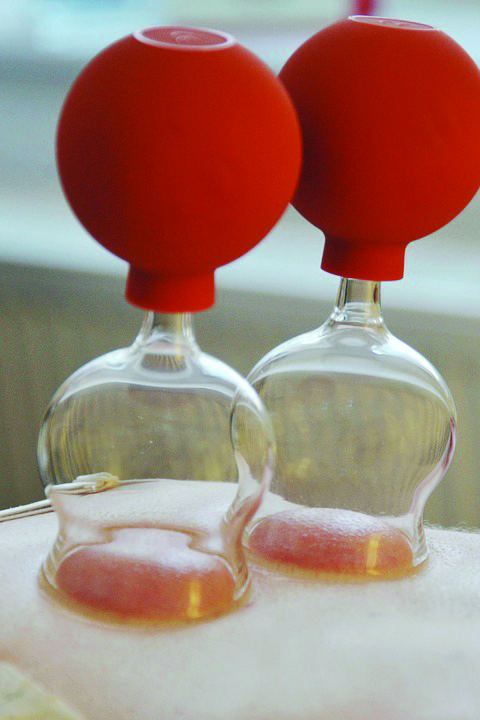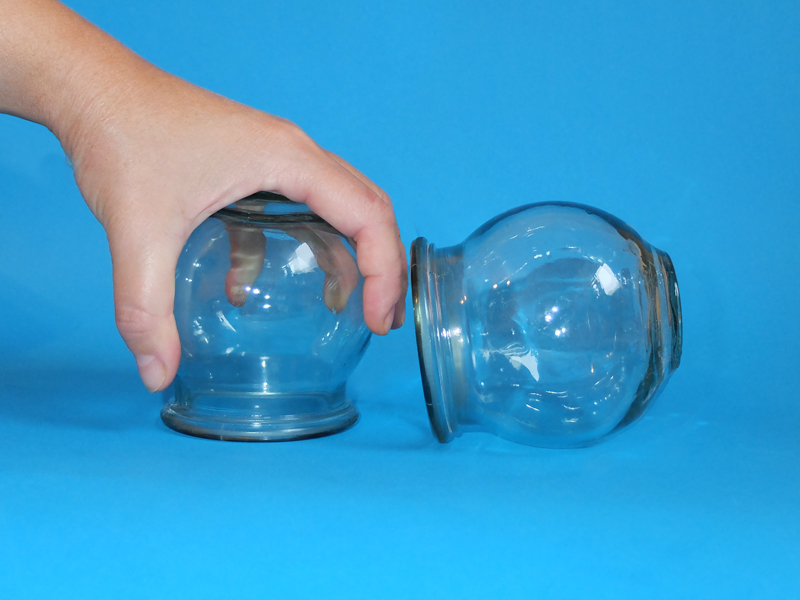After the Rio Olympics, interest in cupping, a traditional Chinese therapy, spiked. Many sufferers of chronic pain, often those with immune, metabolic, or cardiovascular disease, are trying cupping therapy, and some are even reporting positive results.
Although different methods of cupping exist, the common “dry cupping” refers to using fire to heat the air within a glass cup and create suction on the treatment area. But, does it work? One study, which filtered previous research based on credibility, found cupping therapy was effective. Physiologically, cupping may alleviate inflammation, reduce the blood sugar of people with diabetes, and increase pain thresholds. No severe adverse effects are currently associated with cupping, although bruising, muscle soreness, and increased pain sensitivity in treatment areas are relatively common.

Most scientists are skeptical about cupping therapy, doubting its potential benefits as an alternative or complimentary to more traditional pain management regiments. Some cite the lack of unbiased experiments, emphasizing how methodologically poor many of the published experiments are. Others highlight the temporary nature of any beneficial effects.
Clearly, more robust research on cupping is necessary to evaluate its effectiveness. To aid the research process and promote the safe practice of cupping, the Chinese government and several other research groups are aiming to standardize cupping therapy methods by setting guidelines for cup placement, heating time, and size. Ideally, future research on the short term and long term benefits, as well as the complications of cupping therapy, will help people decide if this particular treatment is right for them.

